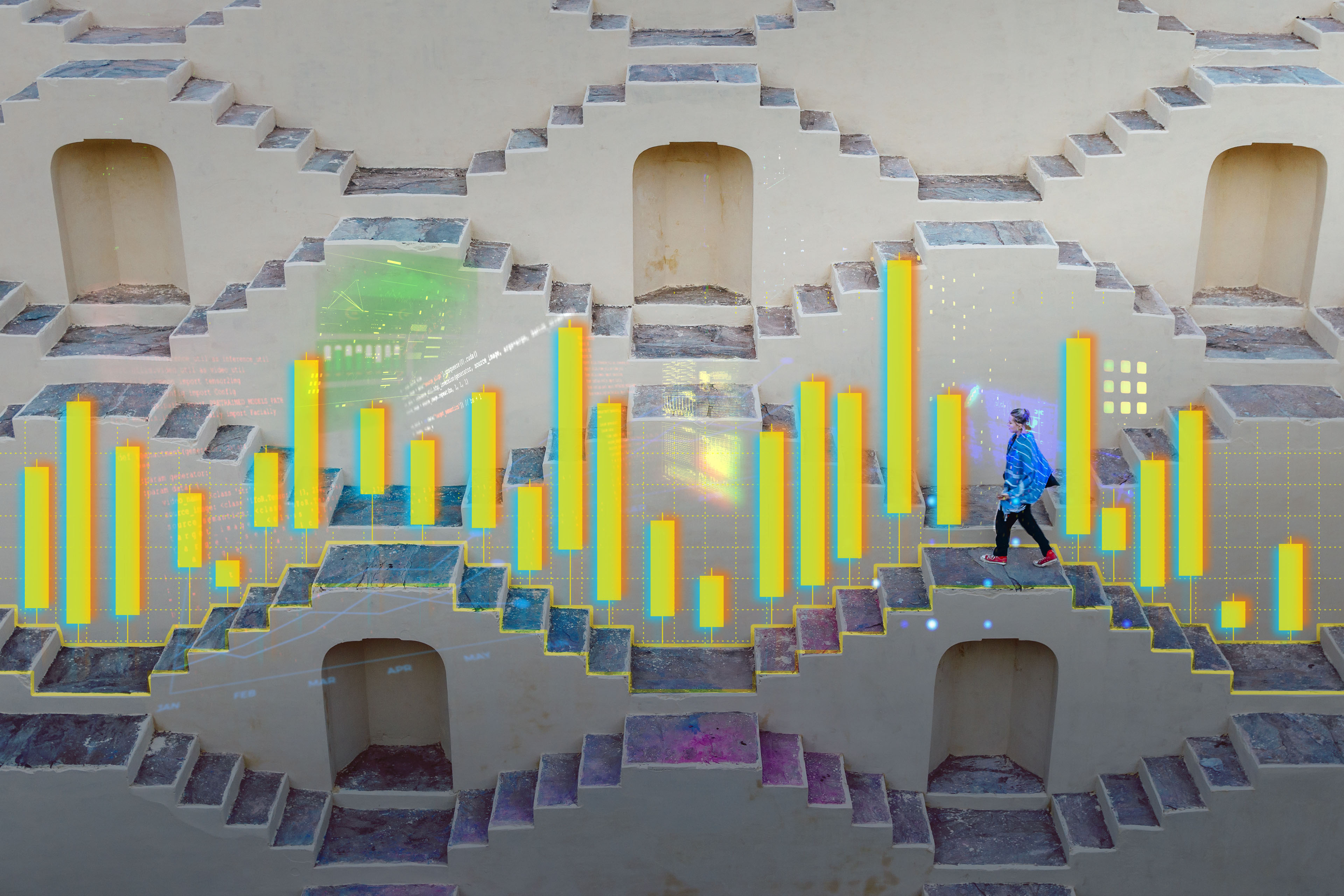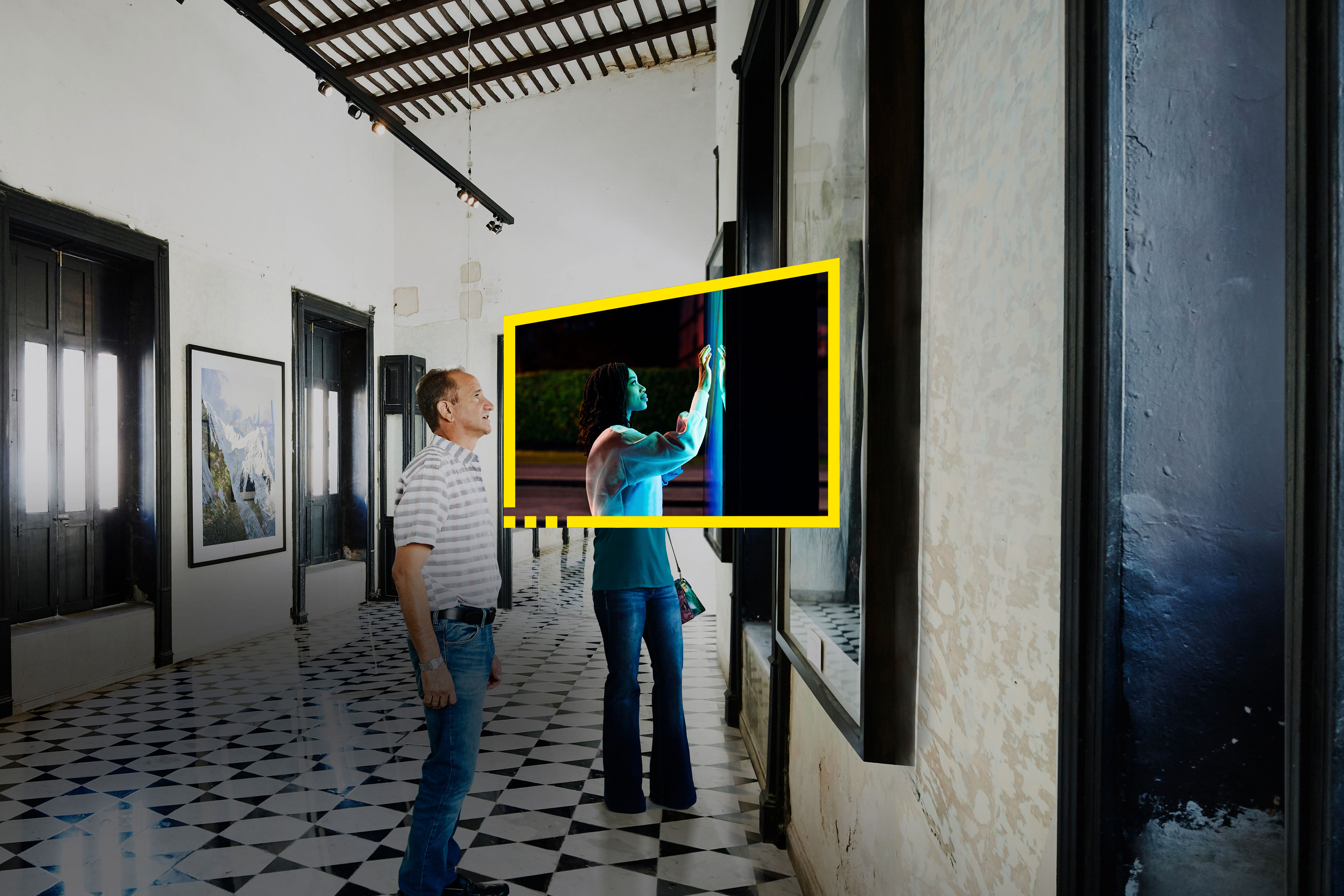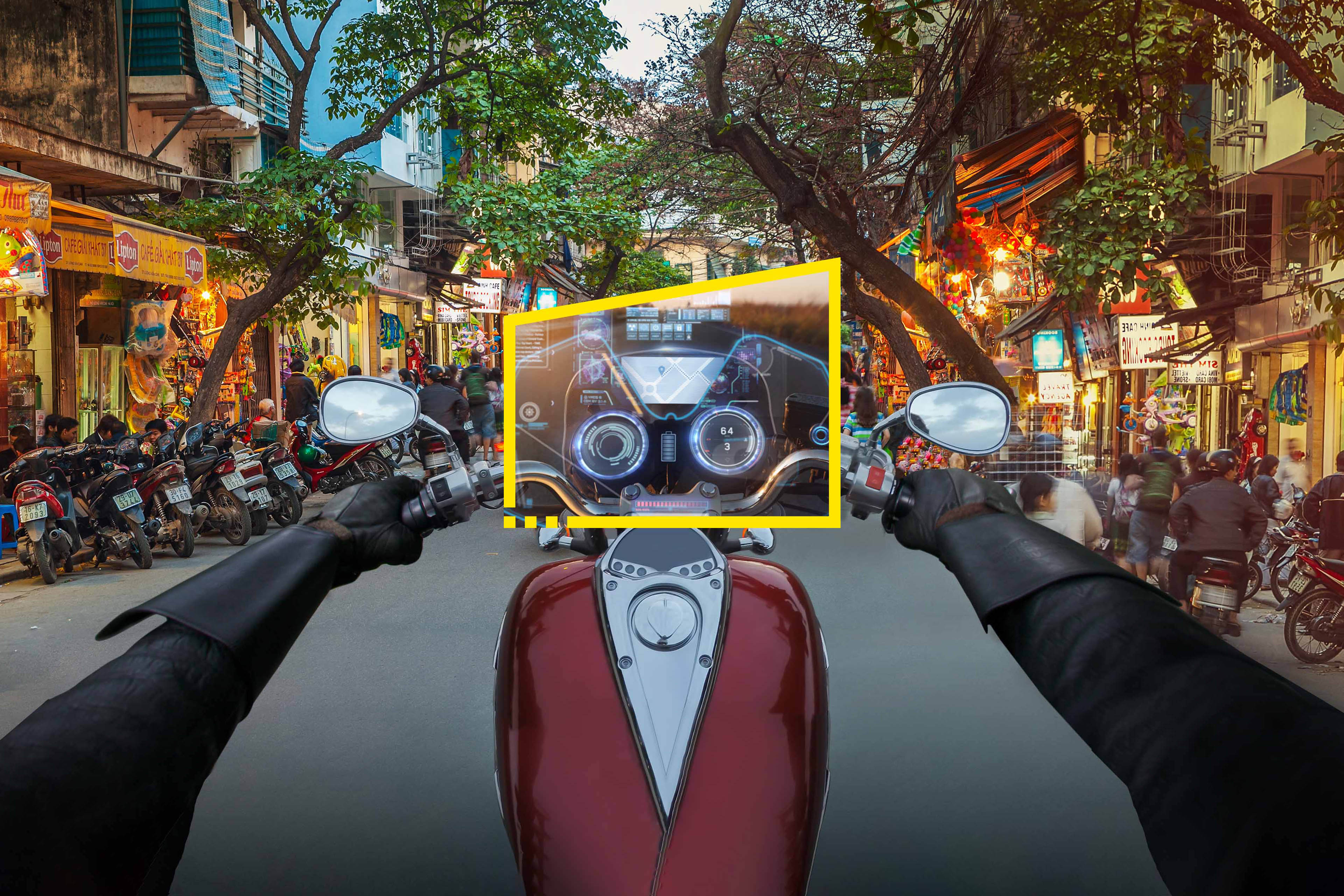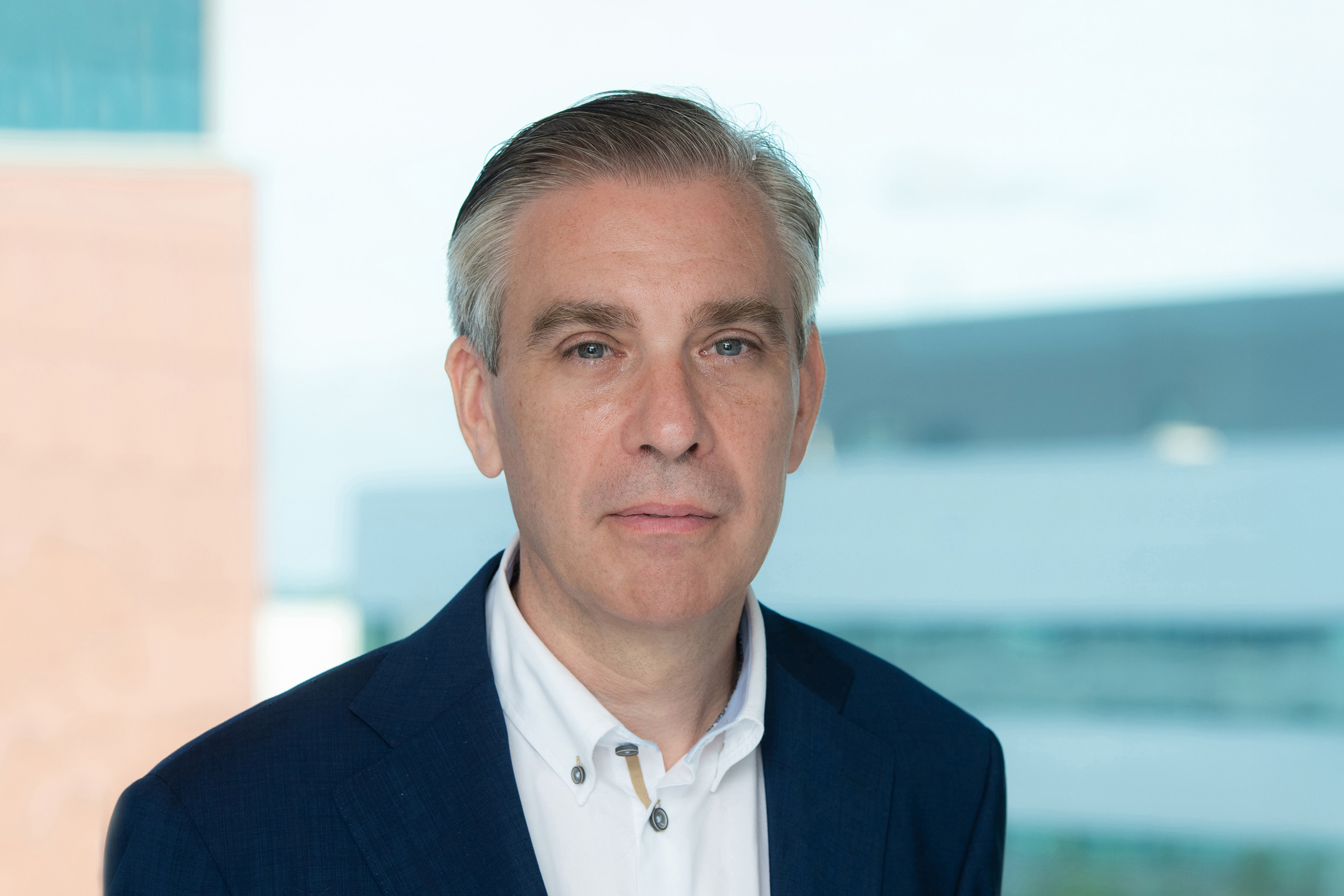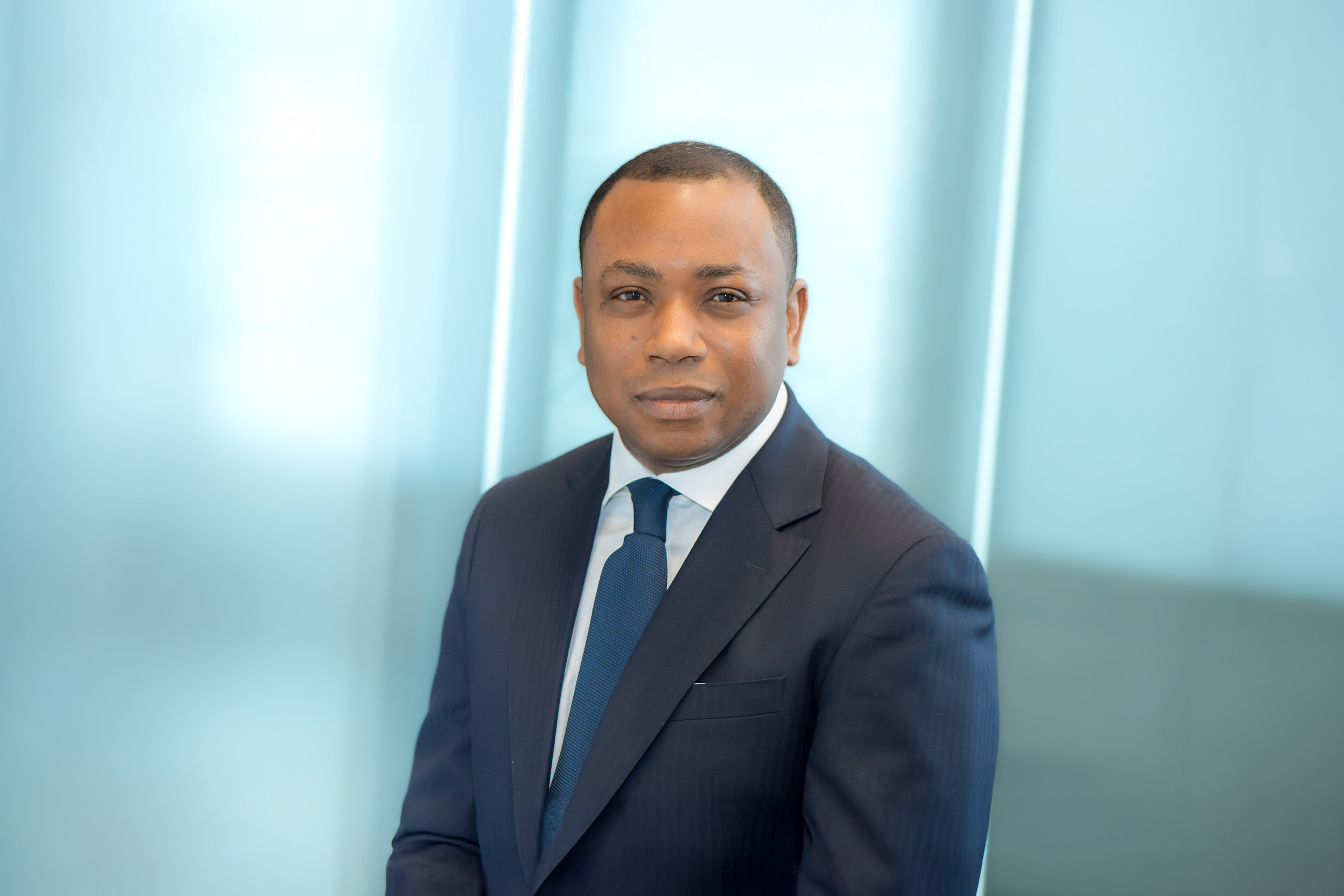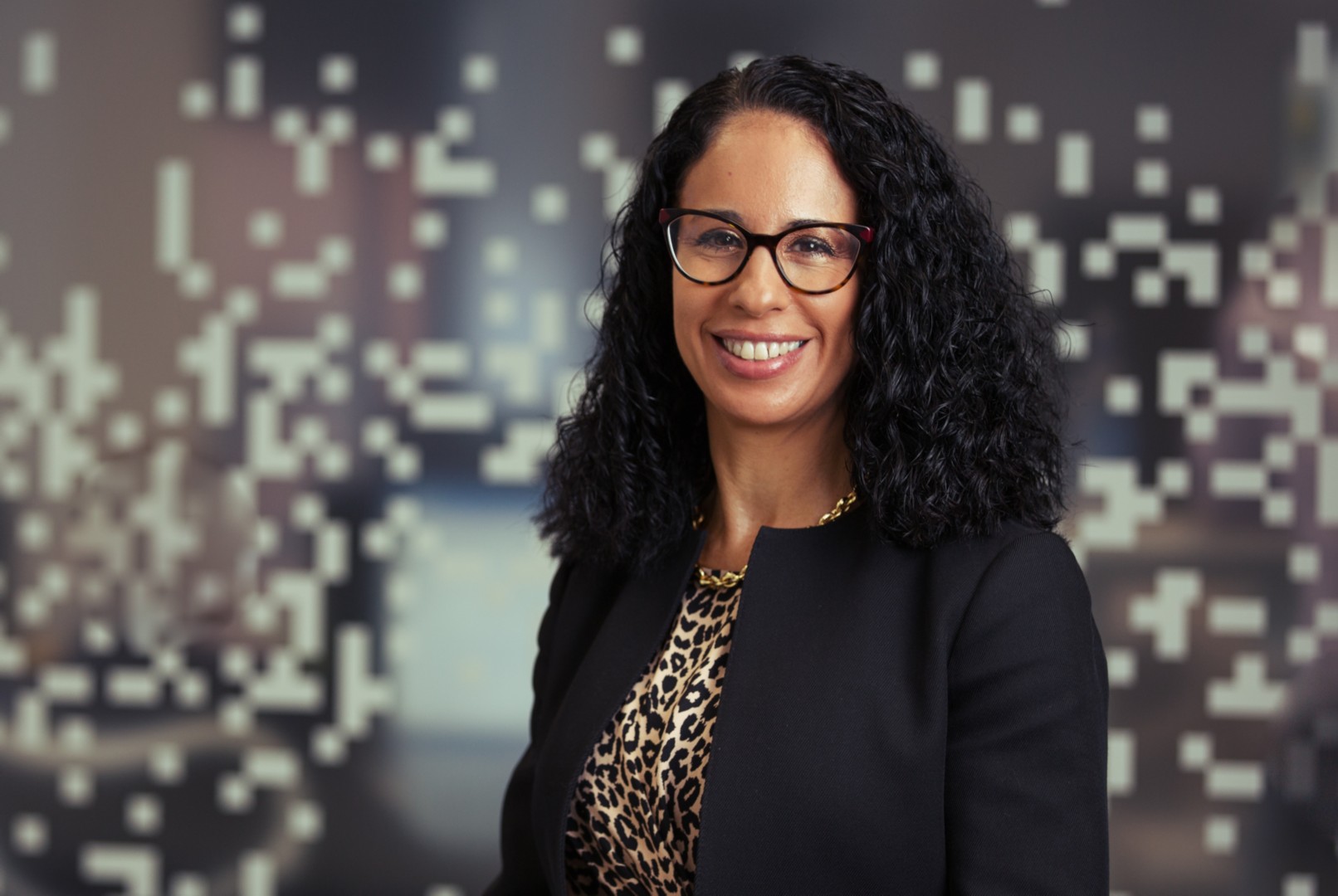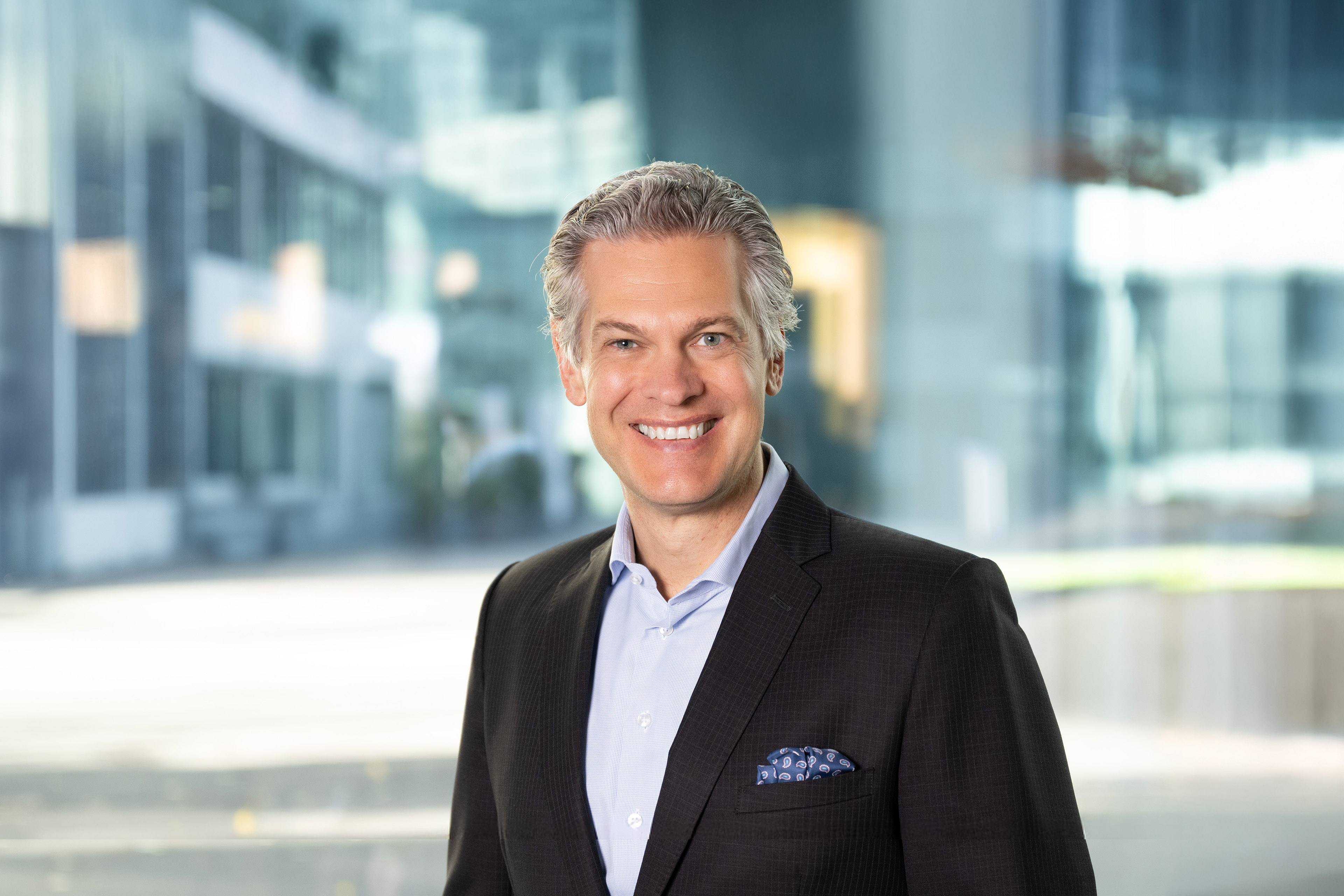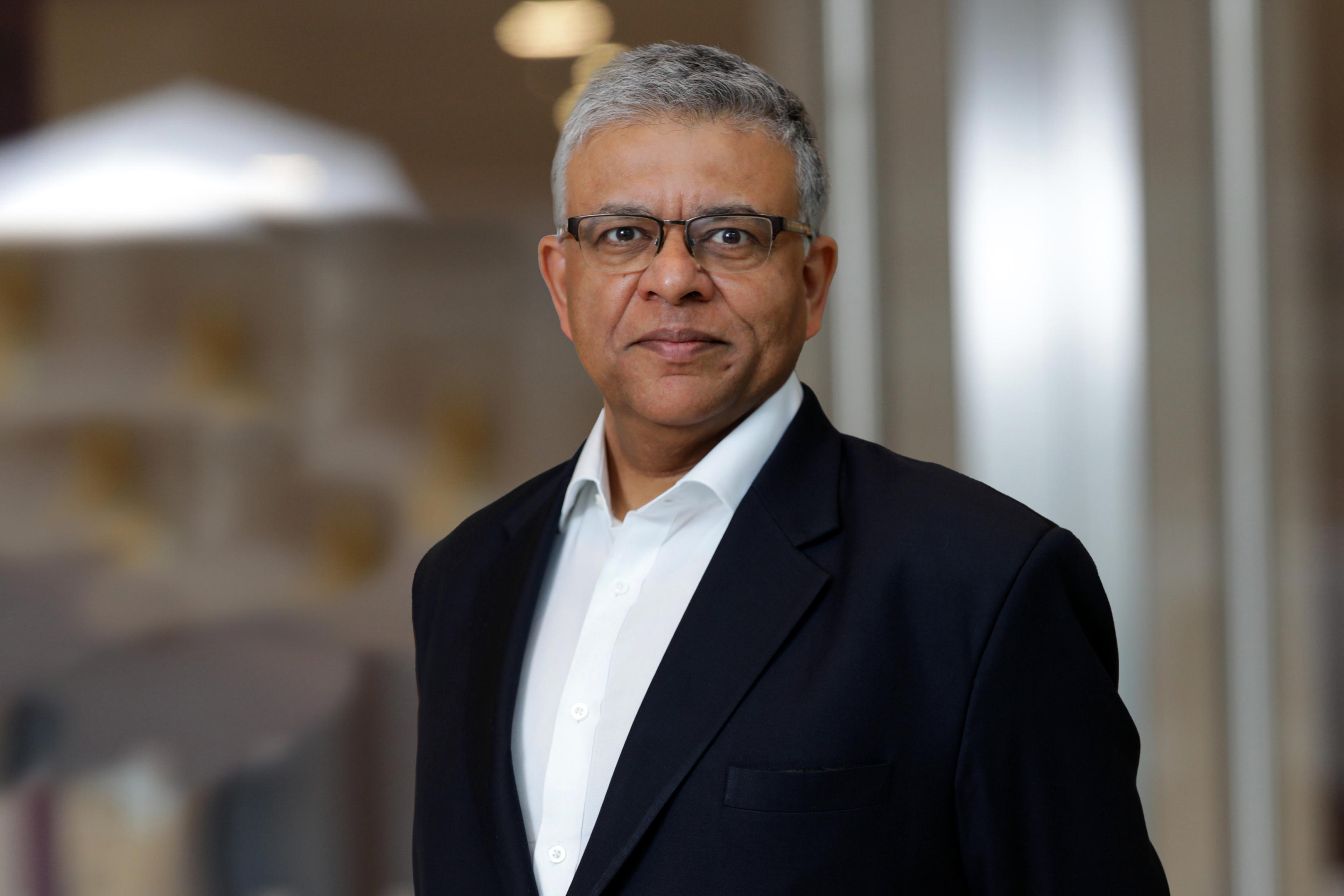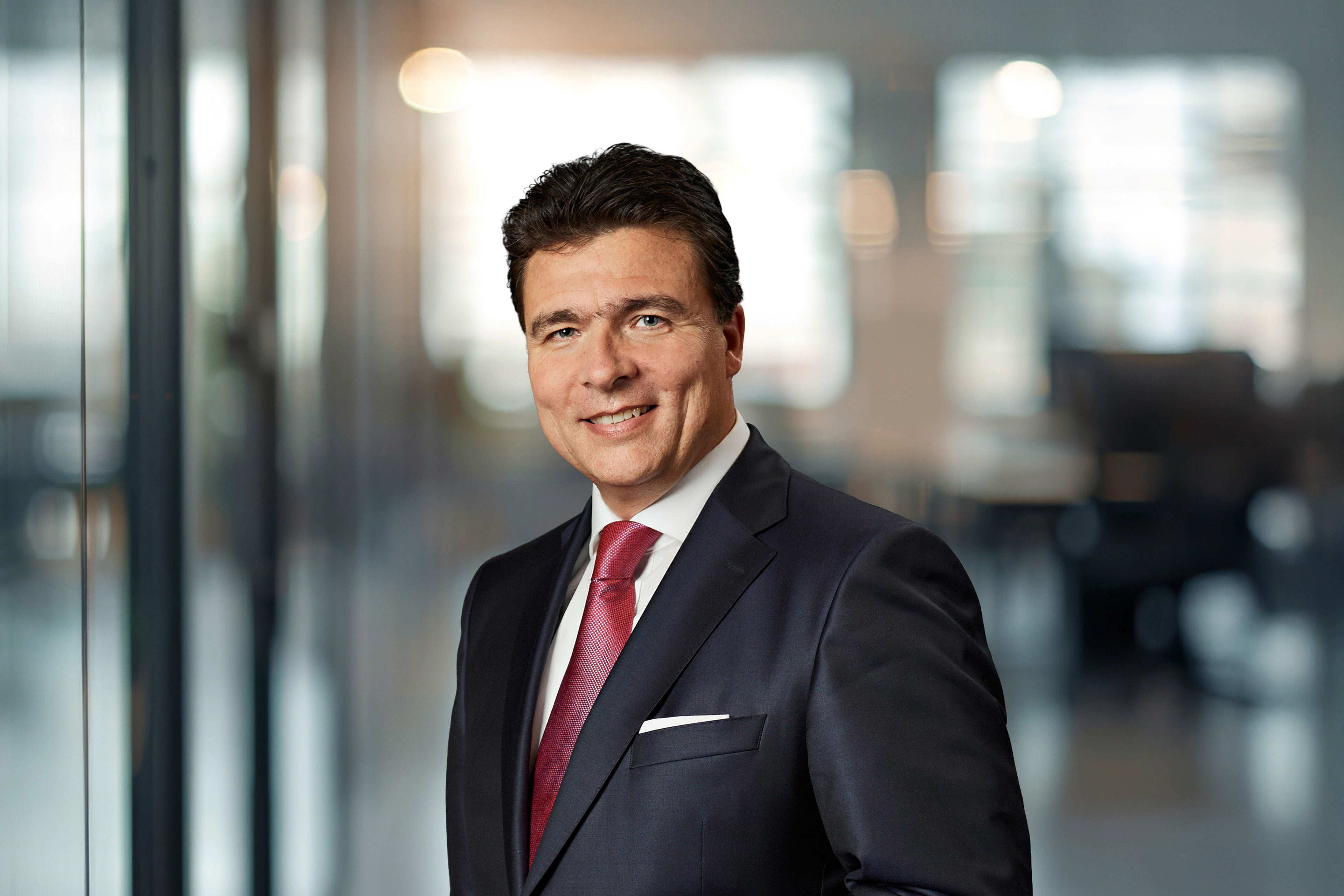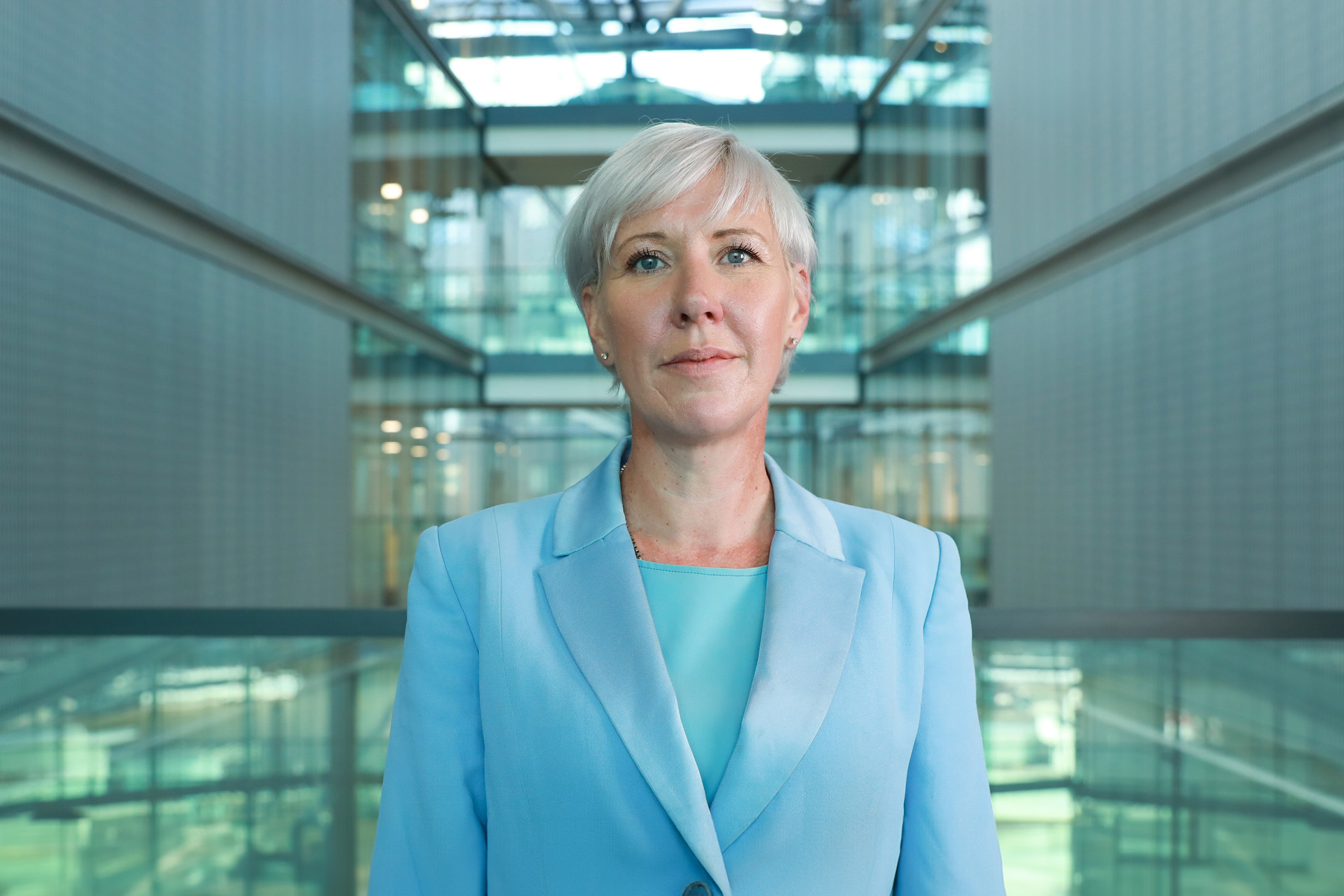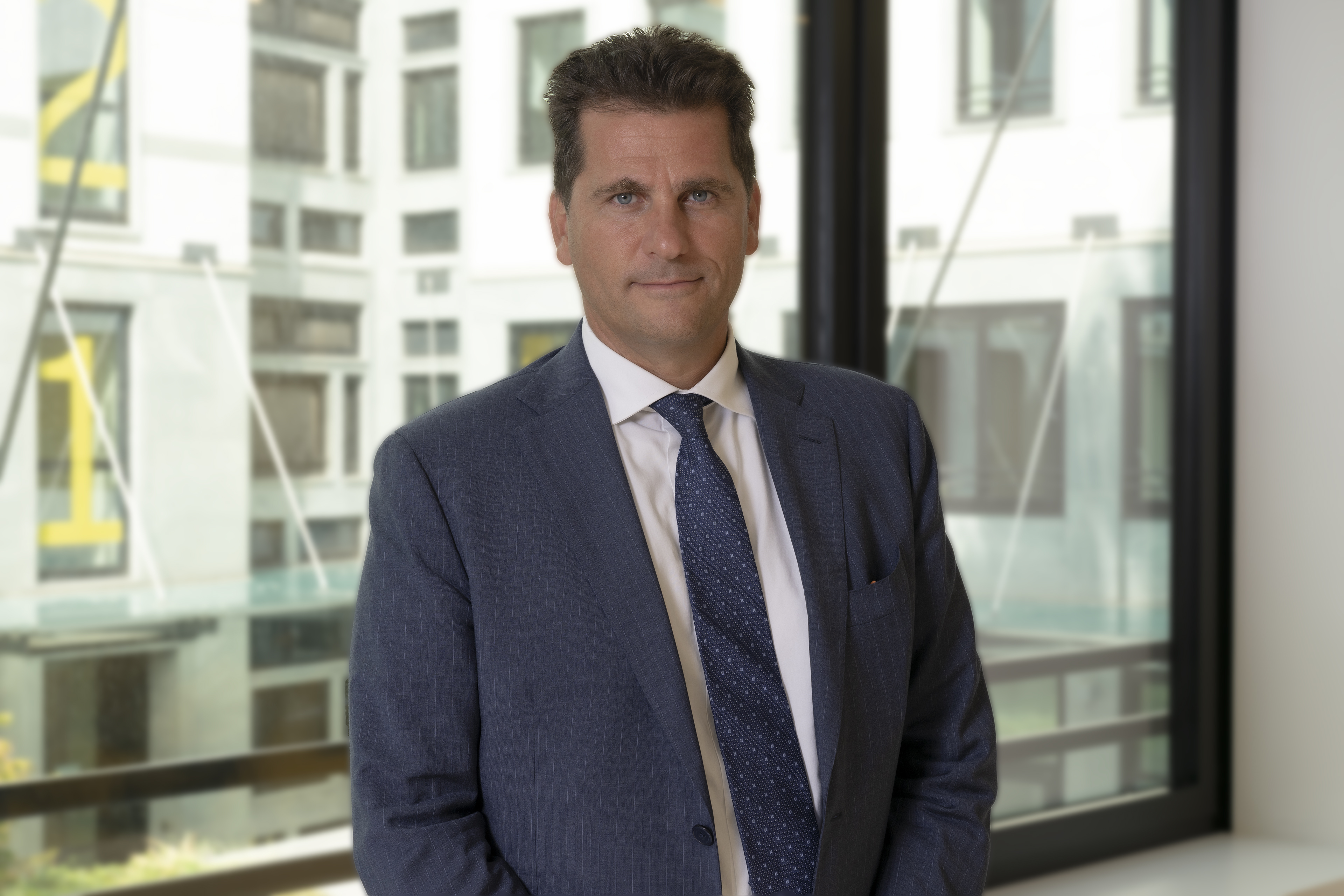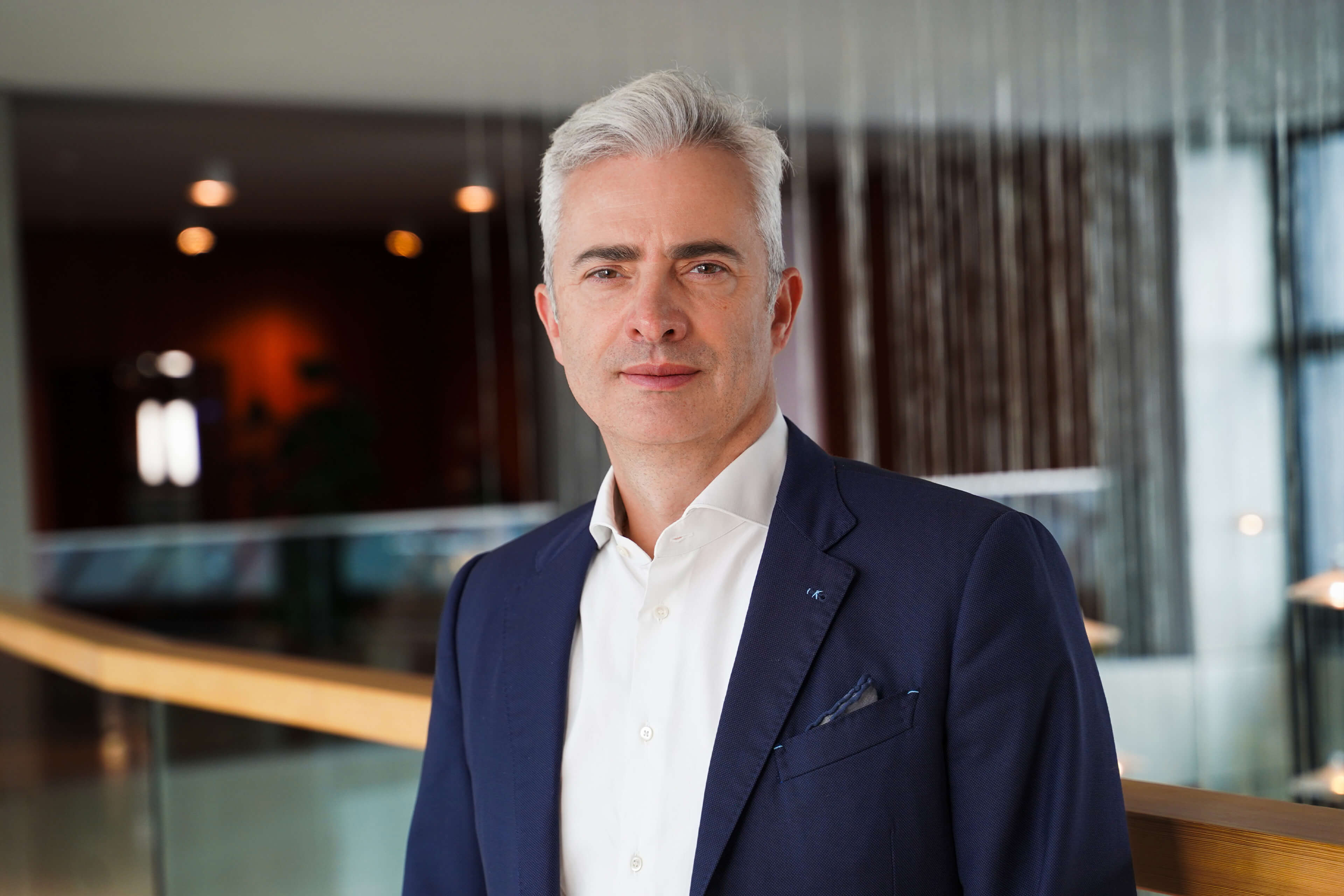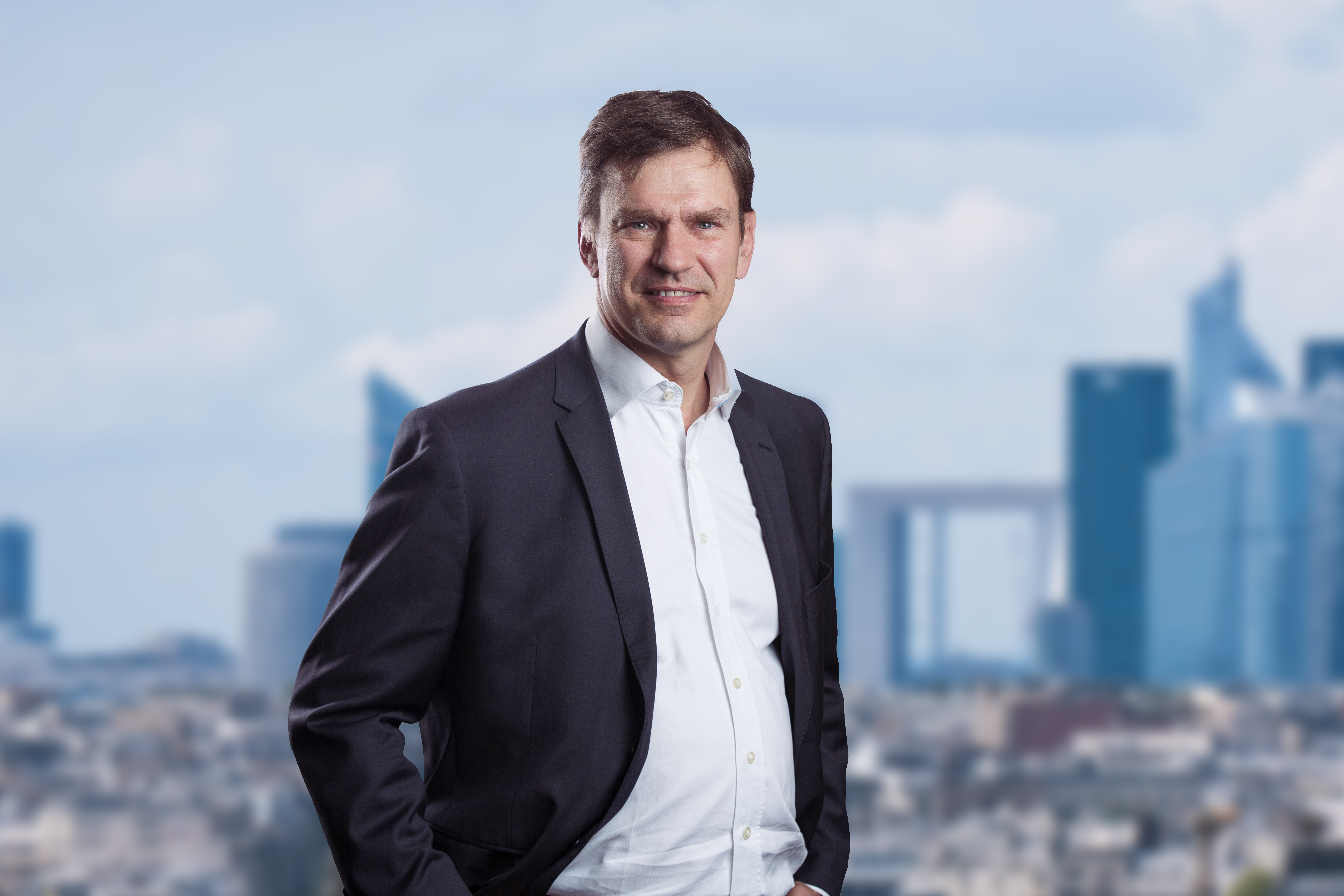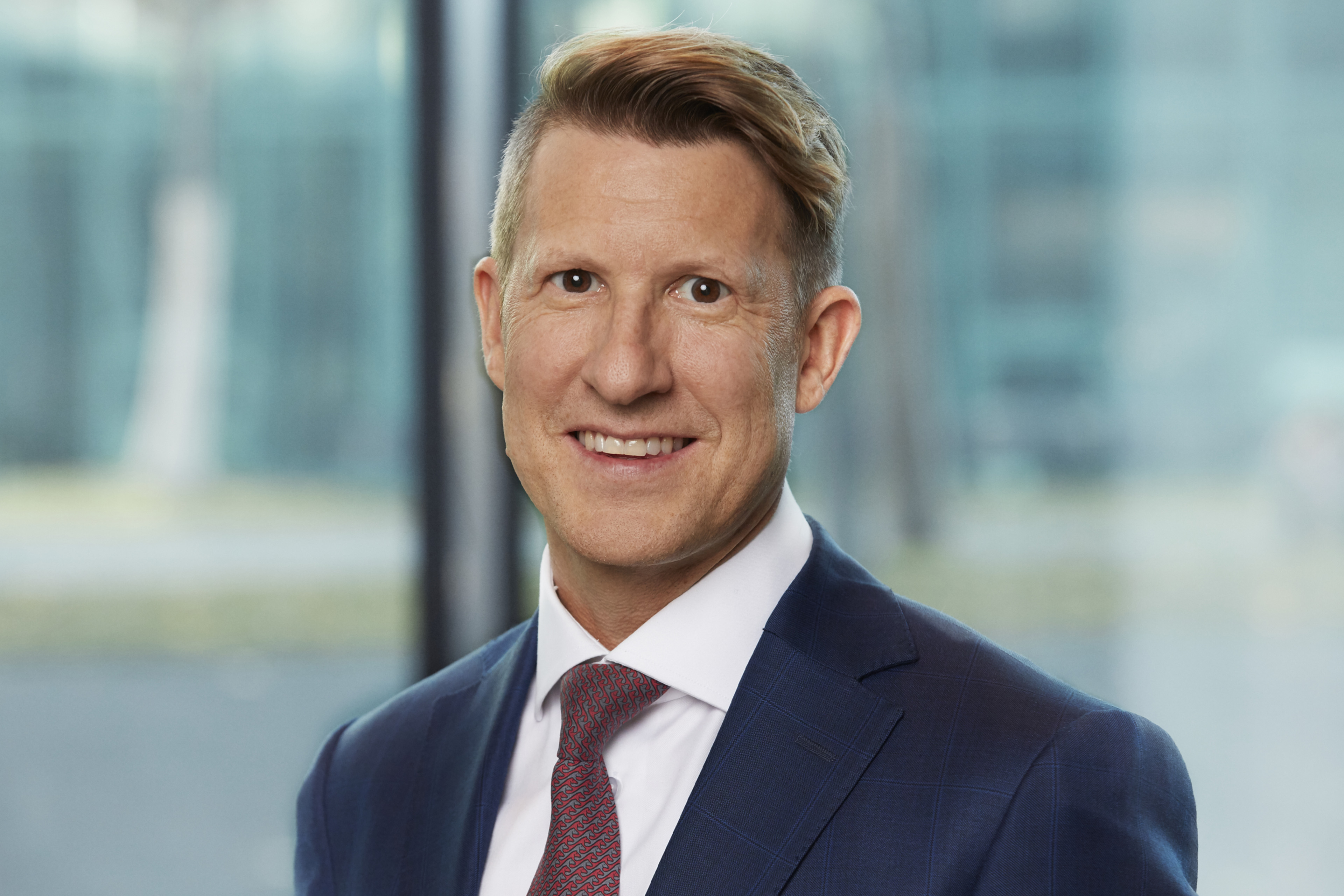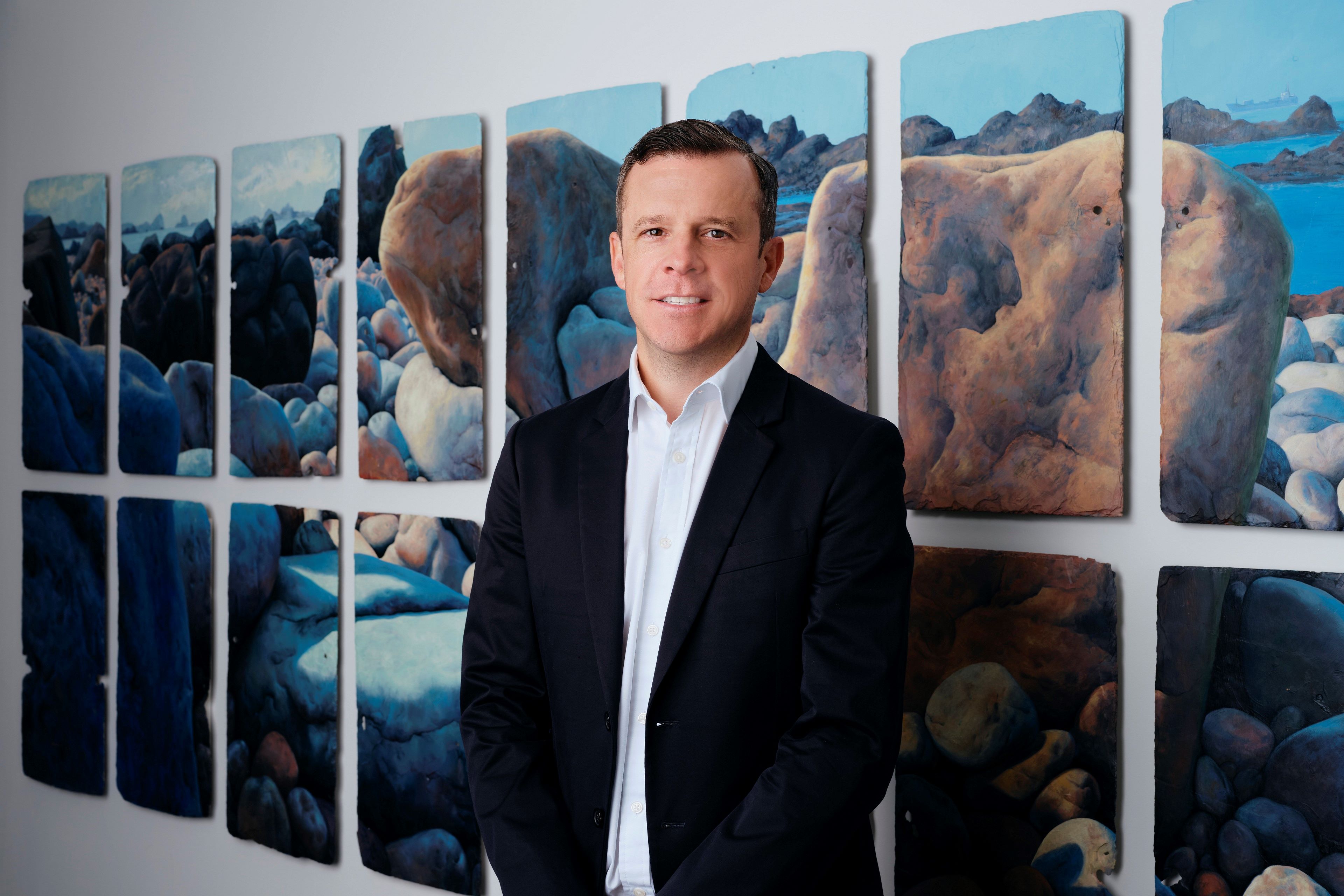EY refers to the global organization, and may refer to one or more, of the member firms of Ernst & Young Global Limited, each of which is a separate legal entity. Ernst & Young Global Limited, a UK company limited by guarantee, does not provide services to clients.
Financial Services, EMEIA
At EY Financial Services, we share a single focus – to build a better financial services industry, one that is stronger, fairer and more sustainable.
Now more than ever, as we plan for a post-COVID-19 world, financial services companies will need to harness the power of technology to transform their operations at scale and speed, to provide the products and services the customer of the future will demand.
The strength of our EY teams lies in the power of our people and technology, and the possibilities that arise when they converge to reframe the future. With extensive knowledge in financial services transformation, we are driving innovation with risk and regulation insight. Helping companies become stronger and more sustainable.
This is how our EY professionals are helping to build long-term value for our financial services clients. It’s how we play our part in building a better working world.
- All
- Tech transformation
- Sustainability
- Cross-sector
- Banking & Capital Markets
- Insurance
- Wealth & Asset Management
How EU banking supervision is adapting to address geopolitical challenges
Discover how regulatory issues are increasingly politicized, pushing banks to enhance resilience to geopolitical risks amid fragmented policies.
How tax leaders can use geopolitical volatility to help shape policy
Discover how tax leaders can leverage geopolitical volatility to engage with policymakers in helping shape tax regulations.
How wealth managers can leverage complexity for competitive advantage
Client sentiment is shifting. Learn how wealth managers can respond with targeted improvements in financial and non-financial services.
How intra-generational transfers disrupt inter-generational strategies
Get detailed insights into the shape of global wealth transfers intra-generationally, and into the views and plans of Baby Boomer inheritors.
How European banks outperformed in Q1 2025 despite global headwinds
Explore the Q1 2025 European banking results showing strong earnings, stable credit quality, and resilient net interest income amid economic uncertainties.
Why EU payment firms must act now on Verification of Payee requirements
Discover the critical actions payment service providers must take now to meet the EU's Verification of Payee requirements by October 2025.
How to avoid common pitfalls when modernizing banking systems
Banks must rethink transformation to boost success, avoid pitfalls, and align strategy with real-world execution. Read more.
Finance reshaped: Four key themes from the EY Insurance CFO Summit
EMEIA FS CFO Insurance Summit 2024 aimed to optimize finance models with AI-driven technologies, uniting CFOs for high-value, profitable growth. Discover more.
Why 2025 will be a pivotal year for European wealth and asset managers
Discover how European wealth and asset managers need to adapt to new realities to ensure successful growth in 2025 and beyond.
How strong European bank earnings boost optimism for 2025
European bank results appeared strong in Q4 2024, despite falling interest rates, rising geopolitical uncertainty, and high market volatility. Learn more.
Five ways banking CROs are increasing agility
The EY/IIF bank risk management survey highlights the need for increased agility against diversifying risks. Find out more.
How ETF trends are shaping market growth and innovation for 2025
Explore the latest ETF trends for 2025 and beyond, including robust growth, product innovation, active ETFs and increasing retail adoption.
Why the EU Anti-Money Laundering Authority brings both promise and challenges
Discover the challenges and promise of the EU’s new Anti-Money Laundering Authority (AMLA), in unifying regulations and enhancing financial crime prevention.
Why wealth and asset managers are transforming their data approaches
By implementing strategies that harness the power of data, wealth and asset managers can improve performance and efficiency. Find out more.
How insurers can accelerate value creation from gaps to gains
Wherever there’s a protection gap, insurers have opportunities to innovate and grow. Read more of the 2025 Global Insurance Outlook findings.
Top 10 resolutions for wealth and asset management success in 2025
Our global outlook highlights 10 resolutions that wealth and asset managers should take to drive growth in 2025.
Four regulatory priorities to drive financial institutions' focus in 2025
Our Global Financial Services Regulatory Outlook has four regulatory priorities to drive financial institutions' focus in 2025. Download the report.
EU Instant Payments Regulation: Five key hurdles for banks to clear
Instant payments in the EU face challenges. Compliance by 2025 requires banks to upgrade systems for 24/7 availability. Learn more.
What banks need to know to prepare for the impacts of the FiDA regulation
Discover how the FiDA regulation framework will impact EU banks, drive open finance and open banking, and require strategies for compliance and growth.
How EU Anti-Money Laundering laws can help spur strategic innovation
Learn how financial services firms can harness the new AML rules to shape the future of fighting financial crime and gain a competitive edge.
How banks can develop a winning strategy in cross-border payments
Our global payment leaders reveal strategies for banks to thrive in the dynamic, global cross-border payments market. Download the report.
Winning the future: five strategic themes for insurance leaders
Insurers embrace growth and transformation, seizing opportunities for innovation and strategic action in the insurance industry. Read more.
Ecosystems in insurance: what winners do differently
Insurance Ecosystems: Learn how to leverage InsurTech partnerships and data-driven tech for growth, customer loyalty, and operational excellence in insurance.
How European banks defied expectations to show resilience and growth
European banks' Q2 2024 results show resilience with less revenue pressure than expected, raising full-year guidance and valuations by 15%. Learn more.
Why first impressions count when redefining client onboarding for banks
Learn how banks can make onboarding both efficient for customers and effective in safeguarding against financial crime and other risks.
How European banks compare on readiness for EU payments regulations
Facing EU financial regulation changes for PSR, PSD3 and FIDA, banks must enhance data sharing, compliance, and adopt faster payment methods. Learn more.
Why FiDA will unleash change across European financial services
Discover how the FiDA data regulation will transform financial services across Europe by 2027, and why firms must address new data-sharing rules.
How banks can prepare for the digital euro using four hypotheses
Explore how banks can prepare for the digital euro with strategic insights and key steps for successful integration by 2028. Gain a competitive advantage.
How to revolutionize the insurance value chain with generative AI
Prioritizing the right use cases and establishing key capabilities will promote innovation and efficiency across the value chain. Learn more.
How PSD3 and PSR will shape trends in EU financial services
Explore impacts of the PSD3 and PSR on EU financial services on compliance and opportunities.
How to navigate the US$18t wealth management challenge
Wealth managers must shift the narrative to ride the breaking inheritance wave – and avoid running aground. Learn more.
Five priorities for winning with GenAI in wealth and asset management
Wealth and asset managers have the opportunity to reimagine their business models and transform their operations with GenAI.
Top 10 resolutions for wealth and asset management success in 2024
Wealth and asset management firms should aim to be “the best versions of themselves” in what promises to be another challenging year. Read more.
How progress in TCFD disclosures can advance climate reporting
Read the findings of our global FS survey exploring how financial institution's nature-related disclosures align with the TNFD final recommendations.
How FIs are faring with the finalized TNFD recommendations
Read the findings of our global FS survey exploring how financial institution's nature-related disclosures align with the TNFD final recommendations.
How to accelerate transition finance for net zero
Learn why FIs need to operate iteratively to effect transition finance at pace and scale in a complex ecosystem.
How insurers can prepare to win in a high-volatility market
Developing capabilities, operational resilience and insurance digitization, push insurers to grow in uncertain times. Read more.
How insurers can realize value through digital transformation
With new cloud-based technology platforms and the right talent, insurers can promote ongoing innovation and generate sustainable value. Read more.
Why financial institutions should transform tax and finance functions
EY research shows banks, asset managers and insurance companies are reimagining their tax and finance functions. Read more.
How Europe’s FS leaders are approaching generative AI adoption
Discover how financial services leaders are approaching generative AI adoption.
How SME lenders can build next-generation credit decisioning
Discover the key factors and design principles for a framework that improves speed, quality, and customer experience.
The CFO Imperative: How do you transform data into insight?
Finance leaders should accelerate an enhanced approach to environmental, social and governance (ESG) reporting. Find out more.
How can banks transform for a new generation of customers?
EY’s consumer banking survey reveals how banks need to transform to meet rising customer expectations. Find out more.
How progress in TCFD disclosures can advance climate reporting
Read the findings of our global FS survey exploring how financial institution's nature-related disclosures align with the TNFD final recommendations.
How FIs are faring with the finalized TNFD recommendations
Read the findings of our global FS survey exploring how financial institution's nature-related disclosures align with the TNFD final recommendations.
How to accelerate transition finance for net zero
Learn why FIs need to operate iteratively to effect transition finance at pace and scale in a complex ecosystem.
Why should financial institutions be on a mission to reduce emissions?
Accelerating decarbonization is urgent. Learn why private sector institutions must play a key role in addressing the current shortfalls in climate finance.
How ESG data markets have evolved for financial services
The need for ESG data from financial services organizations is increasing rapidly, and ESG data markets are evolving to meet the demand. Learn more.
How data can support financial services when assessing nature impact
How can financial institutions start assessing their exposure to nature when market data is still evolving? Read more.
Why transition pathways are critical to net-zero success
Sector-specific transition pathways are critical to the financial industry’s ability to turn climate ambition into climate action. Learn more.
Four steps financial institutions can take on the path to net zero
Innovative decarbonization strategies linked to clients’ transition pathways are becoming vital to success. Learn more.
How financial services can mobilize capital to deliver net zero
Learn how financial services firms can mobilize the capital flows needed to deliver net zero.
How tax leaders can use geopolitical volatility to help shape policy
Discover how tax leaders can leverage geopolitical volatility to engage with policymakers in helping shape tax regulations.
Why the EU Anti-Money Laundering Authority brings both promise and challenges
Discover the challenges and promise of the EU’s new Anti-Money Laundering Authority (AMLA), in unifying regulations and enhancing financial crime prevention.
How EU Anti-Money Laundering laws can help spur strategic innovation
Learn how financial services firms can harness the new AML rules to shape the future of fighting financial crime and gain a competitive edge.
Why financial institutions should transform tax and finance functions
EY research shows banks, asset managers and insurance companies are reimagining their tax and finance functions. Read more.
How Europe’s FS leaders are approaching generative AI adoption
Discover how financial services leaders are approaching generative AI adoption.
How European banks outperformed in Q1 2025 despite global headwinds
Explore the Q1 2025 European banking results showing strong earnings, stable credit quality, and resilient net interest income amid economic uncertainties.
Why EU payment firms must act now on Verification of Payee requirements
Discover the critical actions payment service providers must take now to meet the EU's Verification of Payee requirements by October 2025.
How strong European bank earnings boost optimism for 2025
European bank results appeared strong in Q4 2024, despite falling interest rates, rising geopolitical uncertainty, and high market volatility. Learn more.
Five ways banking CROs are increasing agility
The EY/IIF bank risk management survey highlights the need for increased agility against diversifying risks. Find out more.
Four regulatory priorities to drive financial institutions' focus in 2025
Our Global Financial Services Regulatory Outlook has four regulatory priorities to drive financial institutions' focus in 2025. Download the report.
EU Instant Payments Regulation: Five key hurdles for banks to clear
Instant payments in the EU face challenges. Compliance by 2025 requires banks to upgrade systems for 24/7 availability. Learn more.
What banks need to know to prepare for the impacts of the FiDA regulation
Discover how the FiDA regulation framework will impact EU banks, drive open finance and open banking, and require strategies for compliance and growth.
How banks can develop a winning strategy in cross-border payments
Our global payment leaders reveal strategies for banks to thrive in the dynamic, global cross-border payments market. Download the report.
How European banks are showing resilience and a promising outlook
Read how European banks delivered robust Q3 2024 results, showcasing resilience amid regulatory change, economic uncertainty and geopolitical tensions.
How European banks defied expectations to show resilience and growth
European banks' Q2 2024 results show resilience with less revenue pressure than expected, raising full-year guidance and valuations by 15%. Learn more.
Why first impressions count when redefining client onboarding for banks
Learn how banks can make onboarding both efficient for customers and effective in safeguarding against financial crime and other risks.
How European banks compare on readiness for EU payments regulations
Facing EU financial regulation changes for PSR, PSD3 and FIDA, banks must enhance data sharing, compliance, and adopt faster payment methods. Learn more.
Why FiDA will unleash change across European financial services
Discover how the FiDA data regulation will transform financial services across Europe by 2027, and why firms must address new data-sharing rules.
How banks can prepare for the digital euro using four hypotheses
Explore how banks can prepare for the digital euro with strategic insights and key steps for successful integration by 2028. Gain a competitive advantage.
How PSD3 and PSR will shape trends in EU financial services
Explore impacts of the PSD3 and PSR on EU financial services on compliance and opportunities.
Four enablers for harnessing the power of PayTech
Payments providers need to consider customer experience design, risk, technology, and data and analytics to achieve smart growth. Read our latest article.
How SME lenders can build next-generation credit decisioning
Discover the key factors and design principles for a framework that improves speed, quality, and customer experience.
Why European banks must obsess over customer experience to compete
Discover how customer centricity in banking helps identify customer challenges to derive solutions and improve customer experience in banking operations.
As the Basel deadline nears, are banks up for the challenge?
EY survey shows wide disparities in readiness and approach to Basel 3 Reforms as regulators increase scrutiny following bank failures. Discover more.
How can banks transform for a new generation of customers?
EY’s consumer banking survey reveals how banks need to transform to meet rising customer expectations. Find out more.
Why digital, ecosystem-enabled banking transformation is the way forward
Banks need to act to improve revenues and profitability, enhance customer experience and secure a bold strategic positioning in the market.
Finance reshaped: Four key themes from the EY Insurance CFO Summit
EMEIA FS CFO Insurance Summit 2024 aimed to optimize finance models with AI-driven technologies, uniting CFOs for high-value, profitable growth. Discover more.
How insurers can accelerate value creation from gaps to gains
Wherever there’s a protection gap, insurers have opportunities to innovate and grow. Read more of the 2025 Global Insurance Outlook findings.
Winning the future: five strategic themes for insurance leaders
Insurers embrace growth and transformation, seizing opportunities for innovation and strategic action in the insurance industry. Read more.
Ecosystems in insurance: what winners do differently
Insurance Ecosystems: Learn how to leverage InsurTech partnerships and data-driven tech for growth, customer loyalty, and operational excellence in insurance.
How to revolutionize the insurance value chain with generative AI
Prioritizing the right use cases and establishing key capabilities will promote innovation and efficiency across the value chain. Learn more.
How increased trust and transparency can unlock growth
Explore the EY Global Insurance Industry Outlook. Learn more.
How insurers can realize value through digital transformation
With new cloud-based technology platforms and the right talent, insurers can promote ongoing innovation and generate sustainable value. Read more.
How insurers can prepare to win in a high-volatility market
Developing capabilities, operational resilience and insurance digitization, push insurers to grow in uncertain times. Read more.
Nine customer types defining the next wave of insurance
Shifting consumer needs are an invitation for insurers to innovate in pursuit of growth and to stay ahead of new competitive threats. Read more.
How EU banking supervision is adapting to address geopolitical challenges
Discover how regulatory issues are increasingly politicized, pushing banks to enhance resilience to geopolitical risks amid fragmented policies.
How intra-generational transfers disrupt inter-generational strategies
Get detailed insights into the shape of global wealth transfers intra-generationally, and into the views and plans of Baby Boomer inheritors.
How wealth managers can leverage complexity for competitive advantage
Client sentiment is shifting. Learn how wealth managers can respond with targeted improvements in financial and non-financial services.
Why 2025 will be a pivotal year for European wealth and asset managers
Discover how European wealth and asset managers need to adapt to new realities to ensure successful growth in 2025 and beyond.
How ETF trends are shaping market growth and innovation for 2025
Explore the latest ETF trends for 2025 and beyond, including robust growth, product innovation, active ETFs and increasing retail adoption.
Why wealth and asset managers are transforming their data approaches
By implementing strategies that harness the power of data, wealth and asset managers can improve performance and efficiency. Find out more.
Top 10 resolutions for wealth and asset management success in 2025
Our global outlook highlights 10 resolutions that wealth and asset managers should take to drive growth in 2025.
How to navigate the US$18t wealth management challenge
Wealth managers must shift the narrative to ride the breaking inheritance wave – and avoid running aground. Learn more.
Five priorities for winning with GenAI in wealth and asset management
Wealth and asset managers have the opportunity to reimagine their business models and transform their operations with GenAI.
Top 10 resolutions for wealth and asset management success in 2024
Wealth and asset management firms should aim to be “the best versions of themselves” in what promises to be another challenging year. Read more.
Are you reframing the future of asset management or is it reframing you?
AI can help unlock the transformational change that asset managers need to remain relevant in a radically different future. Learn more.
How will wealth managers deliver personal service in a virtual world?
The 2023 EY Global Wealth Research Report imagines the next generation of hybrid engagement. How can wealth managers harness the potential benefits?
How can today’s millennial investors drive tomorrow’s business growth?
The 2023 EY Global Wealth Research shines a light on unique features of younger investors. How can wealth managers build trust with this vital group?
How wealth managers can secure assets in flux
Learn how asset movement creates opportunities for wealth managers.
Six ways asset managers can prepare for an uncertain future
Taking decisive steps to stand out and succeed in a fast-changing world. Learn more.
How will you reframe the future of advice if today’s client is changing?
Find out how wealth managers and private banks can enhance their clients’ lives using a blend of people and technology to deliver personalized advice.
Case studies
How EY is navigating global AI compliance: The EU AI Act and beyond
EY is turning AI regulation into a strategic advantage. Learn more in this case study.
How a Nordic insurance company automated claims processing
A Nordic insurer increased its operational efficiency and improved customer experience using automation. Learn more in this case study.
How a new technology platform can help banks unlock financing for SMEs
The Cashbot platform offers banks an online invoice finance solution for SME clients.
How a global FinTech captured growth in the SME segment
A global Fintech captured growth in an opportunistic SME segment with a differentiated, holistic strategy. Learn more in this case study.
Transforming a private bank for customer centricity and innovation
EY teams helped a leading private bank blend a high-touch and high-tech visionary approach. Learn more in this case study.
How a digital platform can transform an insurer’s customer experience
Learn how EY teams helped French insurer MACIF implement a service center to create a seamless customer experience across all channels.
Driving customer engagement for a direct-to-consumer insurance company
EY Yello helps a single-platform insurance business to create the right social media strategy and brand image across markets. Learn more in this case study.
The Metaverse revolution: how banks can tap into a $860 billion market
Banks and financial institutions should explore opportunities in this rapidly growing immersive world or risk being left behind. Learn more.
How an established insurance company became digital-first
UK insurer Hastings DIRECT wanted to rewrite the rules of its category by offering a seamless digital customer experience. Learn more about this case study.
How banks can fight tax crime, be compliant and reduce costs parallelly
EY teams helped a global bank develop an automated solution for addressing compliance with customer tax regulations. Learn more.
See more, spend less: How to make the most out of your legal function
EY teams helped a global bank embrace innovation to develop a legal operations platform to speed up their process and cost optimization. Learn more.
How intelligent automation can empower employees to drive greater value
A banking client wanted to automate some of their business processes: EY provided a route to a much more comprehensive vision of automation.
How banks can maximize long-term value by minimizing third-party risk
Working with third parties is necessary but can be risky. EY helped a client understand these risks and transform their risk management model. Learn more.
How wealth managers transform service models efficiently
EY helped a global wealth manager create innovative services and initiate a digital transformation to support its client-first ambition. Learn more.
How technology fights FinCrime while enhancing regulatory compliance
EY enabled a large global bank to lead the fight against FinCrime in a way that also helped it improve efficiency and increase compliance. Find out more.
Why human-centered thinking proved transformative for a global bank
EY’s human-centered approach helped improve customer experience while ensuring multi-market regulatory compliance.
Transforming legacy systems to unlock long-term value
EY helped an APAC stock exchange use Intelligent Automation (IA) to achieve efficiency, scalability and a culture of innovation. Learn more.
How EY can help
-
EY Nexus, a transformative platform, accelerates innovation, unlocks value in your ecosystem, and powers frictionless business.
Read more -
A transformative solution that accelerates innovation, unlocks value in your ecosystem, and powers frictionless business. Learn more.
Read more -
A transformative solution that helps insurers launch innovative new products, brands and marketplaces at speed. Learn more.
Read more -
EY sustainable finance teams helps financial services companies define sustainability goals that create value and make a measurable difference. Learn more.
Read more -
A platform to help wealth and asset managers harness data and technology to generate client- centric advice. Learn more.
Read more -
EY Managed Services revolutionizes non-core but board-critical activities to help financial services companies build long-term value. Learn more.
Read more -
IFRS 17 heralds significant transformation in insurance accounting practices. EY can help you navigate this journey at every stage. Learn more.
Read more -
Our Legal Managed Services team can help you modernize and transform legal functions in financial services, enabling lower costs and risk. Learn more.
Read more -
Our payments professionals can help your business enhance innovation, drive growth and improve performance. Find out more.
Read more -
Our Corporate, Commercial and SME (CCSB) Banking services team can help your business navigate through rising market expectation. Learn more.
Read more - Read more
-
We collaborate with insurers on technology transformation programs and the deployment of digital tools. From concept to implementation, we work with you to develop strategies that optimize performance, drive efficiency and enhance quality.
Read more -
Our strategic cost transformation team can help wealth and asset managers transform costs while sustaining cost management practices across the value chain.
Read more



































